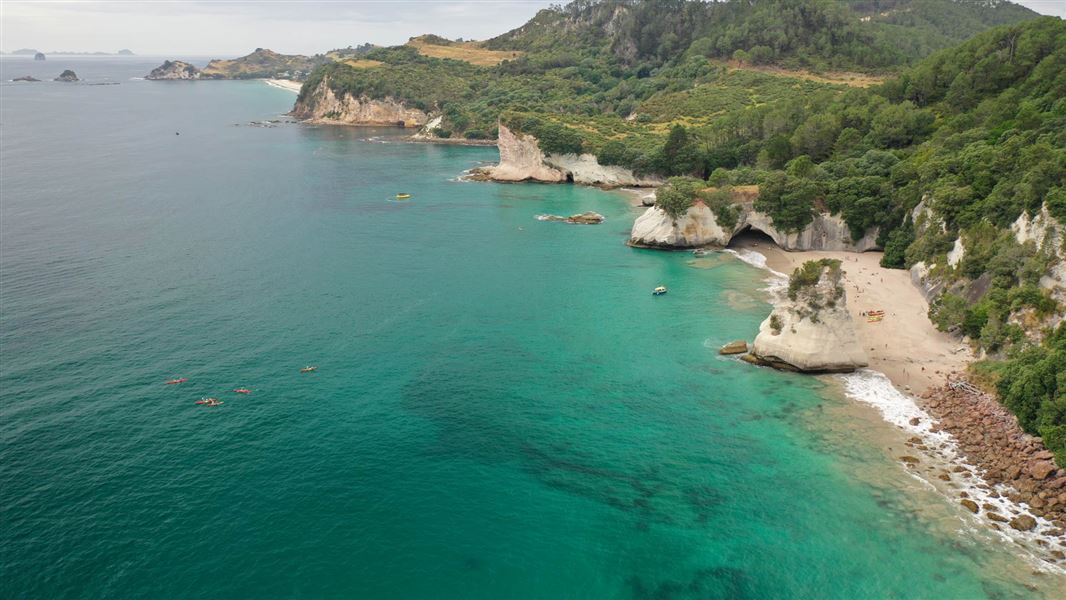
Located in Hahei area in the Coromandel region
Introduction
The reserve protects a wide range of habitats from sandy flats to rocky reefs, offering great snorkelling and diving. Visitors to the reserve can also enjoy swimming, kayaking and viewing the interesting coastal geology.The marine reserve was established in 1992 to protect and restore the diversity of the marine species and habitat.

No dogs allowed
To protect our native wildlife, dogs are not allowed anywhere in this place.